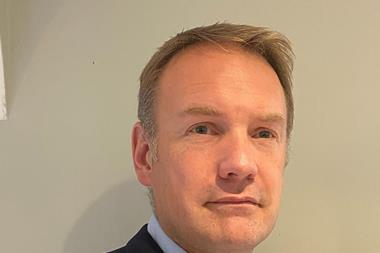Unsettled macroeconomics, energy demand and net zero pressures are escalating risk management and ESG as key issues
Renewables will remain the darling of the global energy transition, yet risk managers will face multiple challenges arising from a ‘new trilemma’. It comprises the convergence of:
- The need for net-zero energy security,
- unsettled global macroeconomics, and
- rising demand for renewable energy in an era of squeezed supply of inputs.
This trilemma will escalate risk management and ESG as key issues for the renewables industry in the year ahead, according to a renewable energy market review from WTW.
Contributing author Margaret-Ann Splawn, executive director of the Climate Markets & Investment Association, says: “Macro events and trends such as inflation, cost increases, security, and supply chains are impacting the renewable energy industry, making the current business environment a challenging one for risk managers.
“Several important steps will help them to assess their own vulnerabilities in the transition to Net Zero, and protect themselves from current and future ESG and climate-related risks.”
In her contribution, Splawn advises risk managers to:
- Understand their own ESG and sustainability position.
- Adopt a reactive risk-response view.
- Play a strategic role across the company.
- Work in concert with relevant stakeholders.
Elsewhere in the review, Steven Munday, Natural Resources Global Renewable Energy Leader at WTW, provides a comprehensive review of the renewables insurance market.
He predicts that general insurance rate increases will be tempered by individual insurers’ appetites for specific types of clients and assets.
“Buyers that fall within an insurer’s higher levels of risk appetite can expect low- to mid-single-digit price increases,” Munday says.
“Transient clients might achieve similar rates if insurers new to renewables fight for market share, but more circumspect risk carriers are likely to offer them middle to high single-digit increases. Finally, clients with challenging occupancies, poor claims experience, or a poor strategy may well see double-digit rate rises.
“Working with an intermediary who understands each insurer’s specific risk appetite will be critical to moderating rate increases,” Munday added, noting that in all cases, cover for natural catastrophe risks will be much higher.




















No comments yet